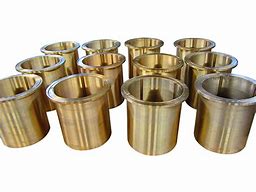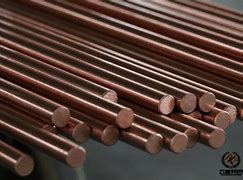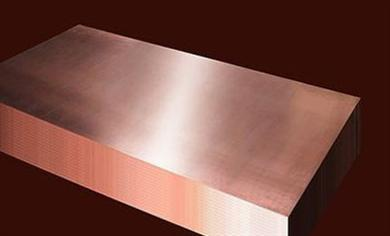**Copper Pipes 101: What Keeps Your Home’s Water Flowing**
(What Type Of Copper Pipe Is Used In Households)
Turn on a faucet. Fill a pot. Take a shower. Behind these everyday moments, there’s a hidden hero: copper pipes. These unassuming metal tubes are the veins of your home’s plumbing, quietly delivering water where it’s needed. But not all copper pipes are the same. Let’s break down the types hiding in your walls and why they matter.
First up, meet Type K copper. This is the heavyweight champ. Thick walls make it tough, perfect for underground work or places where pressure runs high. If you’ve got a main water line buried under your yard, chances are it’s Type K. Builders love it for its durability. It’s like the bodyguard of your plumbing—always on duty, rarely complaining.
Next, Type L copper steps into the spotlight. This middleweight is everywhere in homes. Slightly thinner than Type K, it still packs a punch. Hot or cold water lines? Check. Heating systems? Check. Its flexibility makes it a go-to for indoor plumbing. Most sinks, showers, and toilets rely on Type L. It’s the friendly neighbor of copper pipes—reliable, adaptable, and always there when you need it.
Then there’s Type M copper. Don’t let its slim profile fool you. This lightweight is cost-effective for low-pressure jobs. Short water runs? Perfect. Older homes often used Type M, but modern codes sometimes give it side-eye for critical applications. Think of it as the budget-friendly option—great for small fixes but not the star player for heavy lifting.
Colors matter here. Type K wears green, Type L sports blue, and Type M rocks red. These color codes help plumbers spot the difference fast. No guesswork, just quick fixes.
Now, let’s talk flexibility. Rigid copper pipes rule the roost for straight runs. But what about tight spaces? Enter flexible copper tubing. Bending around corners without joints, it’s ideal for dishwashers or fridge ice makers. Fewer joints mean fewer leaks—music to any homeowner’s ears.
Why copper anyway? It’s simple. Copper fights bacteria, handles heat like a pro, and laughs at corrosion. Plastic pipes might be cheaper, but copper’s been winning the plumbing game for decades. It’s like that classic tool in your garage—never goes out of style.
Size is another piece of the puzzle. Pipes are measured by outside diameter. Half-inch pipes feed most fixtures, while three-quarter-inch lines handle bigger jobs like water heaters. Get the size wrong, and you’ll face weak pressure or noisy pipes.
Maintenance? Copper’s pretty low-key. No rust, no rot. Just watch for green stains—that’s your cue for a leak. And if you’re soldering joints, keep the area dry. Water plus hot solder equals messy fixes.
One last tip: local building codes are your bible. Rules vary, and what works in one house might flop in another. When in doubt, ask a pro. Plumbers live for this stuff.
(What Type Of Copper Pipe Is Used In Households)
So next time you’re washing dishes or watering plants, remember the unsung copper pipes working behind the scenes. They’re not flashy, but they’re the reason your home stays hydrated. Whether it’s burly Type K under your lawn or trusty Type L in your walls, each pipe plays its part in keeping life flowing smoothly.
Inquiry us
if you want to want to know more, please feel free to contact us. (nanotrun@yahoo.com)



